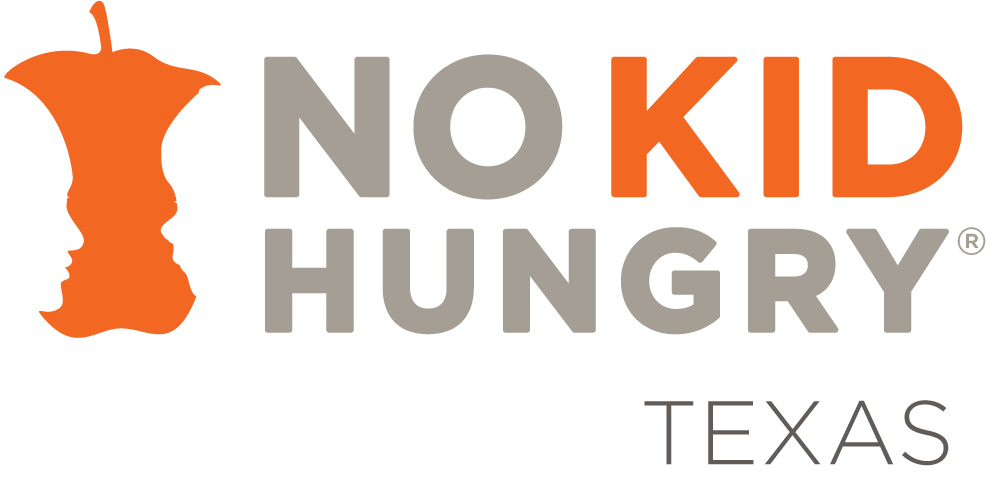Breakfast is the most important meal of the day, but too many hungry students miss a morning meal. Schools that offer a Breakfast After the Bell (BAB) program by implementing models such as Breakfast in the Classroom (BIC), Grab and Go to the Classroom, and Second Chance Breakfast, are able to increase access to school breakfast and provide more kids with the healthy food they need to learn and grow. Despite the successes of BAB, such as improved academic performance and reduced disciplinary problems, some myths still persist. Below are the most common myths, along with the facts that disprove them.
MYTH: BAB takes away from instructional time.
FACT: Students usually take 10-15 minutes to eat their breakfast, including clean-up time. Teachers often spend that time constructively on classroom activities. Some teachers report that they gain instructional time due to fewer behavioral disruptions, visits to the school nurse, tardiness and absenteeism. In fact, BIC has been shown to increase student scores on standardized math and reading tests, particularly in vulnerable populations, proving that when students aren’t focused on hunger pangs, they can concentrate on the lessons being taught in the classroom.
MYTH: It places an unnecessary burden on teachers.
FACT: Teachers know that students who are hungry cannot concentrate and may act out or disrupt class, which makes teaching even harder. As a result, teachers spend roughly $300 per year of their own money to feed hungry students in their classrooms. BAB alleviates this burden on teachers, and provides students with a healthy meal to last them to lunch. Studies have shown that bringing universal breakfast into the classroom significantly improves students’ behavior, particularly students’ level of respect and preparedness for class, which means teachers can spend more time teaching and less time disciplining students. Additionally, BAB fosters an environment for social-emotional learning as students authentically practice relationship skills and decision-making.
MYTH: It makes a mess.
FACT: Many teachers and principals say that any mess or trash issues can be overcome by developing a holistic, smart system involving the school nutrition staff and custodians. When students and staff are trained to properly dispose of breakfast items, BAB is a simple and clean experience. Students can even help with clean-up. Sometimes something as simple as a separate trash can for breakfast trash can make a big difference. Teachers find that with appropriate planning and clear procedures, BAB can become a seamless part of the morning routine. Learn about a typical set-up and clean-up process for BIC with this teacher guide.
MYTH: The food is unhealthy.
FACT: School breakfast is healthier than most people realize. Schools participating in the National School Breakfast Program must adhere to nutrition guidelines supported by science and provided by United States Department of Agriculture. School breakfast must include:
- A full cup of fruit and/or vegetables – either fresh, frozen, dried or canned. Juice may be offered, but no more than ½ cup serving towards the full serving. The remaining serving must be either fresh, frozen, dried or canned,
- Two servings of whole grain rich products; may be combined with protein rich foods such as eggs or yogurt, and
- Eight ounces of fat free or 1% milk. School breakfast must provide ¼ of the Recommended Dietary Allowances for protein, calcium, iron, Vitamin A, Vitamin C, and there are tight restrictions on calories, saturated fats and sodium. Find out more with School Breakfast – Healthier Than You Think
MYTH: Kids will eat too much.
FACT: A 2015 study published in the Journal of the Academy of Nutrition and Dietetics concluded that BIC was not associated with an increase in calorie intake at breakfast time or throughout the day. Rather, school breakfast participants are more likely to consume diets that are adequate or exceed standards for important vitamins and minerals, and have better overall diet quality than those who eat breakfast elsewhere or skip breakfast.
MYTH: BAB is paid for by school funds.
FACT: School breakfast is funded by the school nutrition budget, which funds all school meals in the district, and operates independently from the district general fund and individual school budgets. Schools that participate in the National School Breakfast Program (SBP) are eligible to receive federal reimbursement to support their breakfast program. The school nutrition department operates like a non-profit, so any revenue incurred from SBP must be reinvested into the school meals program. The more kids eat school breakfast, the more revenue the district has to make their breakfast program a success. Learn more with this Guide to School Breakfast Funding.



